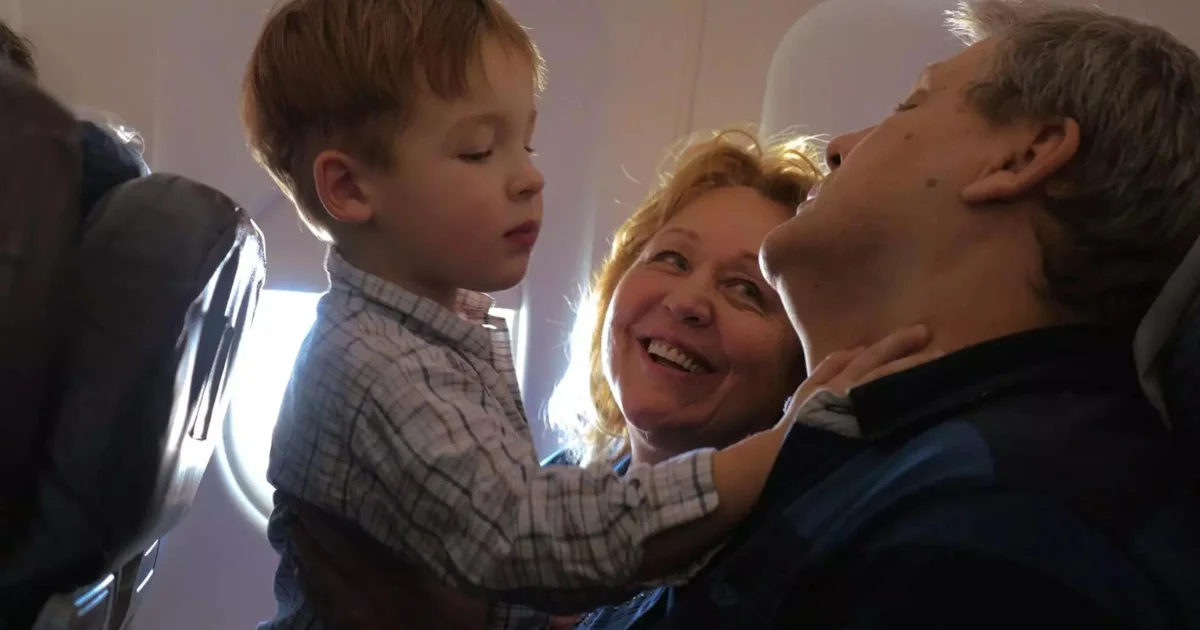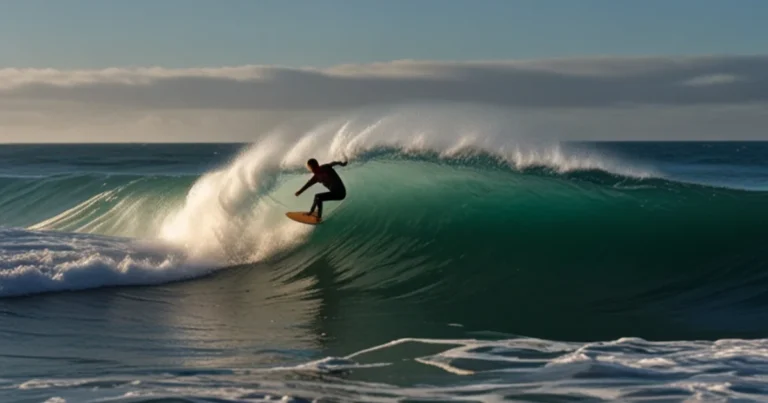Taking a Trip with Your Autistic Child: A Beginner’s Guide to Autism-Friendly Vacations
Planning a vacation with a child can be exciting, but it can also be stressful. When your child is autistic, the planning process can feel even more daunting. However, with a little extra preparation, you can create an autism-friendly vacation that everyone will enjoy. In this blog post, we’ll provide you with a beginner’s guide to planning an autism-friendly vacation. We’ll cover everything from choosing a destination to creating a schedule and packing your bags.

What is an Autism-Friendly Vacation?
An autism-friendly vacation is a trip that is planned and tailored to the needs of a child with autism. This may include choosing a destination that is sensory-sensitive, creating a visual schedule to help your child understand what to expect, and packing comfort items that can help your child feel safe and secure.
Why Plan an Autism-Friendly Vacation?
There are many benefits to planning an autism-friendly vacation. Here are a few:
- Reduced stress for everyone: By planning and taking your child’s needs into account, you can help to reduce stress for both you and your child.
- More enjoyable experience: When your child feels comfortable and safe, they are more likely to have a fun vacation experience.
- Create lasting memories: A positive vacation experience can create lasting memories for your entire family.
Getting Started: How to Plan an Autism-Friendly Vacation
Now that you know what an autism-friendly vacation is and why it’s important, let’s get started on planning your trip! Here are the steps involved:
- Choose a Destination
The first step in planning an autism-friendly vacation is to choose a destination that is a good fit for your child. Here are a few things to consider:
- Sensory-friendliness: Think about the sights, sounds, smells, tastes, and textures that your child will encounter at your destination. If your child is sensitive to sensory input, you may want to choose a destination that is quieter and less crowded.
- Activities and attractions: Consider the types of activities and attractions that your child will enjoy. Look for destinations that offer autism-friendly activities, such as sensory-friendly museums or water parks with quiet areas.
- Accessibility: Make sure that the destination you choose is accessible for your child. This includes considering things like transportation options, wheelchair accessibility, and availability of autism-friendly accommodations.
- Consider Your Child’s Interests
When choosing a destination and planning activities, it’s important to consider your child’s interests. What does your child enjoy doing at home? Look for destinations and activities that allow your child to engage in their favorite hobbies.
- Create a Schedule
Children with autism often thrive on routine. Creating a visual schedule for your trip can help your child to understand what to expect and reduce anxiety. Your schedule should include things like wake-up times, meal times, planned activities, and downtime.
- Pack Comfort Items
Be sure to pack plenty of comfort items for your child. These may include things like a favorite stuffed animal, a noise-canceling headset, or a fidget toy. Comfort items can help your child to feel safe and secure in new environments.
- Communicate with Your Travel Providers
When booking your travel and accommodations, be sure to communicate your child’s autism diagnosis to your travel providers. This will help them to better understand your needs and provide you with the best possible service.
- Be Flexible
Things don’t always go according to plan, especially when you’re traveling with children. Be prepared to be flexible and adjust your plans as needed. The most important thing is to relax and have fun!
Autism-Friendly Travel Tips
Here are some additional tips for planning an autism-friendly vacation:
- Book a room with a private balcony or patio. This can provide your child with a quiet space to escape to if they become overwhelmed.
- Choose a vacation rental over a hotel room. Vacation rentals often offer more space and privacy, which can be helpful for children with autism.
- Pack familiar foods and snacks. This can help to avoid meltdowns caused by unfamiliar foods.
- Bring along a change of clothes. Accidents happen, and it’s always a good idea to be prepared.
- Take breaks often. Schedule plenty of downtime for your child to relax and recharge.
- Reward positive behavior. When your child behaves well, be sure to praise them and give them rewards.
-
Here are some additional tips for staying patient while traveling with your autistic child:
- Manage your expectations. Don’t expect your vacation to be exactly like a vacation with a neurotypical child. Be prepared for meltdowns, changes in plans, and unexpected challenges.
- Focus on the positive. Take the time to appreciate the small moments and celebrate your child’s successes.
- Take care of yourself. It’s important to take care of your own physical and mental health so that you can be patient with your child. Make sure to schedule some time for yourself to relax and recharge.
- Connect with other parents. There are many online and in-person communities for parents of children with autism. These communities can be a great source of support and advice.
Making the Most of Your Trip
Here are some tips for making the most of your autism-friendly vacation:
- Focus on sensory experiences. Look for activities that will engage your child’s senses in a positive way. This could include things like visiting a museum with interactive exhibits, going for a nature walk, or swimming in the pool.
- Take advantage of autism-friendly programs. Many destinations offer autism-friendly programs and events. These programs can be a great way for your child to have a fun and enjoyable experience.
- Take breaks when needed. Don’t try to cram too much into your trip. Schedule plenty of time for breaks so that your child can relax and recharge.
- Create lasting memories. Take photos and videos of your trip so that you can look back on them and cherish the memories for years to come.
Conclusion
Planning an autism-friendly vacation can take some extra effort, but it’s definitely worth it. By following the tips in this guide, you can create a trip that everyone in your family will enjoy. Remember, the most important thing is to be patient, flexible, and focus on creating positive experiences for your child.
-
FAQs
1. What are some autism-friendly travel resources?
There are many great autism-friendly travel resources available online and in print. Here are a few suggestions:
- The Autism Travel Coalition: https://autismtravel.com/
- The KultureCity Sensory Guide: https://www.kulturecity.org/
- Easter Seals Autism Travel Resource Center: https://www.easterseals.com/support-and-education/living-with-autism/autism-resources.html
2. How can I get my child a disability boarding pass?
You can usually request a disability boarding pass from your airline when you book your flight. A disability boarding pass allows your child to board the plane before the general public, which can help to reduce anxiety.
3. What should I do if my child has a meltdown on the plane?
If your child has a meltdown on the plane, try to stay calm and remove them from the situation if possible. Take them to a quiet area, such as the lavatory, and try to comfort them. If your child is not calming down, you may need to ask a flight attendant for assistance.
4. What are some tips for flying with a child who is sensitive to noise?
There are a few things you can do to help reduce noise for your child on the plane. You can try using noise-canceling headphones, earplugs, or white noise machines. You can also bring along some quiet activities for your child to do, such as coloring or reading books.
5. What if my child wanders off?
If you are concerned about your child wandering off, you can consider getting them a wristband or ID bracelet that has your contact information on it. You can also talk to your doctor about getting a medical ID for your child.






